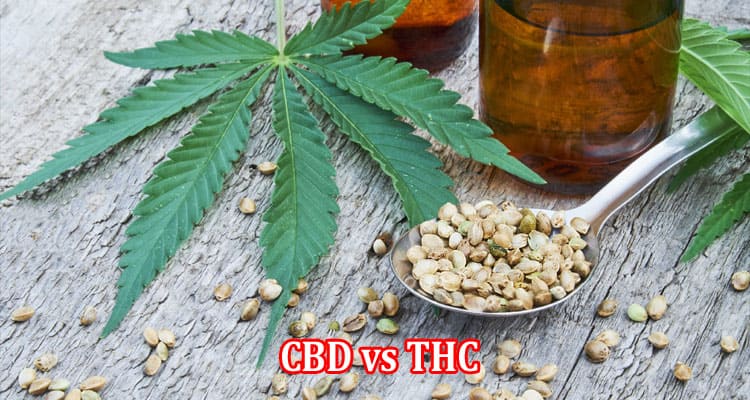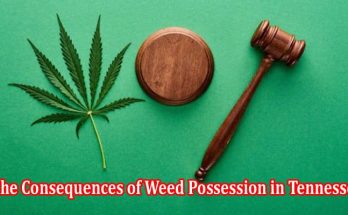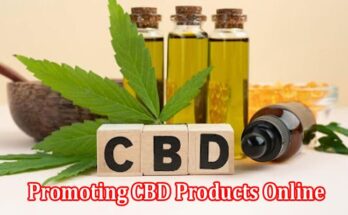The cannabis plant, revered and stigmatized in varying measures across history, contains over a hundred cannabinoids. However, two of these compounds – Cannabidiol (CBD) and Tetrahydrocannabinol (THC) – stand out due to their prominence and effects on the human body. This article delves into the contrasting natures of CBD and THC, aiming to shed light on their individual properties and their collective role in modern society.
Physiological Effects
As the spotlight on cannabis intensifies, understanding the physiological effects of its primary compounds, THC and CBD, becomes paramount. While both derive from the same plant, their interactions within the human body are remarkably distinct. THC’s psychoactive properties stem from its ability to bind directly with CB1 receptors in the brain, resulting in the ‘high’ commonly associated with cannabis. In contrast, CBD does not bind directly with CB1 receptors, explaining its non-psychoactive nature.
This section aims to elucidate the profound ways in which these cannabinoids influence our physical and mental well-being, from the euphoric highs elicited by THC to the therapeutic tranquility championed by CBD. Let’s delve into the nuanced world of these compounds and their manifold effects.
-
THC:
- Psychoactive Properties: THC induces euphoria, altered perceptions of time and space, and heightened sensory experiences. These effects can be enjoyable but may also result in anxiety or paranoia in some individuals.
- Medical Benefits and Potential Side Effects: Beyond its recreational use, THC offers pain relief, insomnia treatment, and appetite stimulation. However, excessive consumption might lead to short-term memory impairment or increased heart rate.
-
CBD:
- Non-Psychoactive Nature: Unlike THC, CBD does not produce a ‘high.’ This quality makes it appealing for those seeking relief without the intoxication.
- Medical Benefits and Potential Side Effects: CBD has garnered attention for treating conditions like epilepsy, anxiety, and chronic pain. It’s generally well-tolerated, but side effects can include dizziness or dry mouth.
Recreational vs. Therapeutic Use: The Interplay of THC and CBD
The cannabis world is vast, encompassing both recreational enthusiasts and individuals seeking therapeutic relief. THC, with its pronounced psychoactive properties, reigns supreme in the recreational domain. Users seeking a euphoric ‘high’ or altered perceptual experiences gravitate towards strains like “Gorilla Glue” and “Blue Dream,” both known for their potent THC levels. If you’re intrigued by the appeal of Gorilla Glue, Gorilla Glue seeds provide a gateway to cultivating this popular strain.
On the other hand, the CBD industry is witnessing an exponential rise, driven largely by consumers pursuing health and wellness benefits. CBD-rich strains such as “Charlotte’s Web” and “Harlequin” are sought after for their therapeutic potential. CBD, devoid of the intoxicating effects found in THC, offers a myriad of therapeutic advantages, making it a favored choice for those looking to alleviate conditions like anxiety, inflammation, or chronic pain without the accompanying ‘high.’
However, the line between recreational and therapeutic use isn’t always clear-cut. The burgeoning medical cannabis sector often bridges this divide by crafting strains that integrate both THC and CBD. For instance, “ACDC” and “Cannatonic” are strains celebrated for their balanced CBD:THC ratios. The rationale? A harmonized blend of the two compounds can amplify their individual benefits while tempering potential drawbacks. This phenomenon, known as the ‘entourage effect,’ seeks to leverage the combined strengths of these cannabinoids. By doing so, it’s possible to maximize therapeutic outcomes while concurrently dampening the pronounced psychoactivity or potential side effects of THC.
Common Misconceptions about CBD and THC
In the ever-evolving discourse surrounding cannabis, misinformation often shadows the truth. As the popularity and accessibility of CBD and THC products grow, so do the myths and misconceptions about their effects and uses. Whether it’s the oversimplified notion of THC’s recreational dominance or the unwarranted pigeonholing of CBD as strictly medicinal, these misunderstandings can deter individuals from fully harnessing the potential benefits of these cannabinoids. To set the record straight, here are some of the most common myths surrounding these two key compounds.
- All Cannabis Gets You High: While THC produces a high, CBD-dominant strains may offer relief without psychoactive effects.
- CBD is Only Medicinal, and THC is Only Recreational: Both compounds have therapeutic properties. THC can alleviate conditions like nausea and insomnia, while CBD is not just for those with medical conditions.
- Higher THC Content is Better: Potency is not always indicative of quality or efficacy. A balanced CBD:THC ratio can offer a broader spectrum of benefits for some users.
Legal Status Worldwide
THC’s psychoactive nature has led to strict regulations, with many countries classifying it as a controlled substance. While decriminalized or legalized in regions like Canada, Uruguay, and parts of the USA, it remains illegal in many countries.
CBD’s non-intoxicating profile has earned it a more lenient legal status. However, its legal landscape is still a patchwork, with some countries allowing it as a prescription medication, others as an over-the-counter product, while a few still prohibit it.
Conclusion
The narrative of CBD and THC is continuously evolving, shaped by scientific discoveries, societal attitudes, and legislative changes. As research deepens and barriers diminish, our understanding of these two cannabinoids will only become richer, guiding us towards optimized, personalized therapies in the future.




